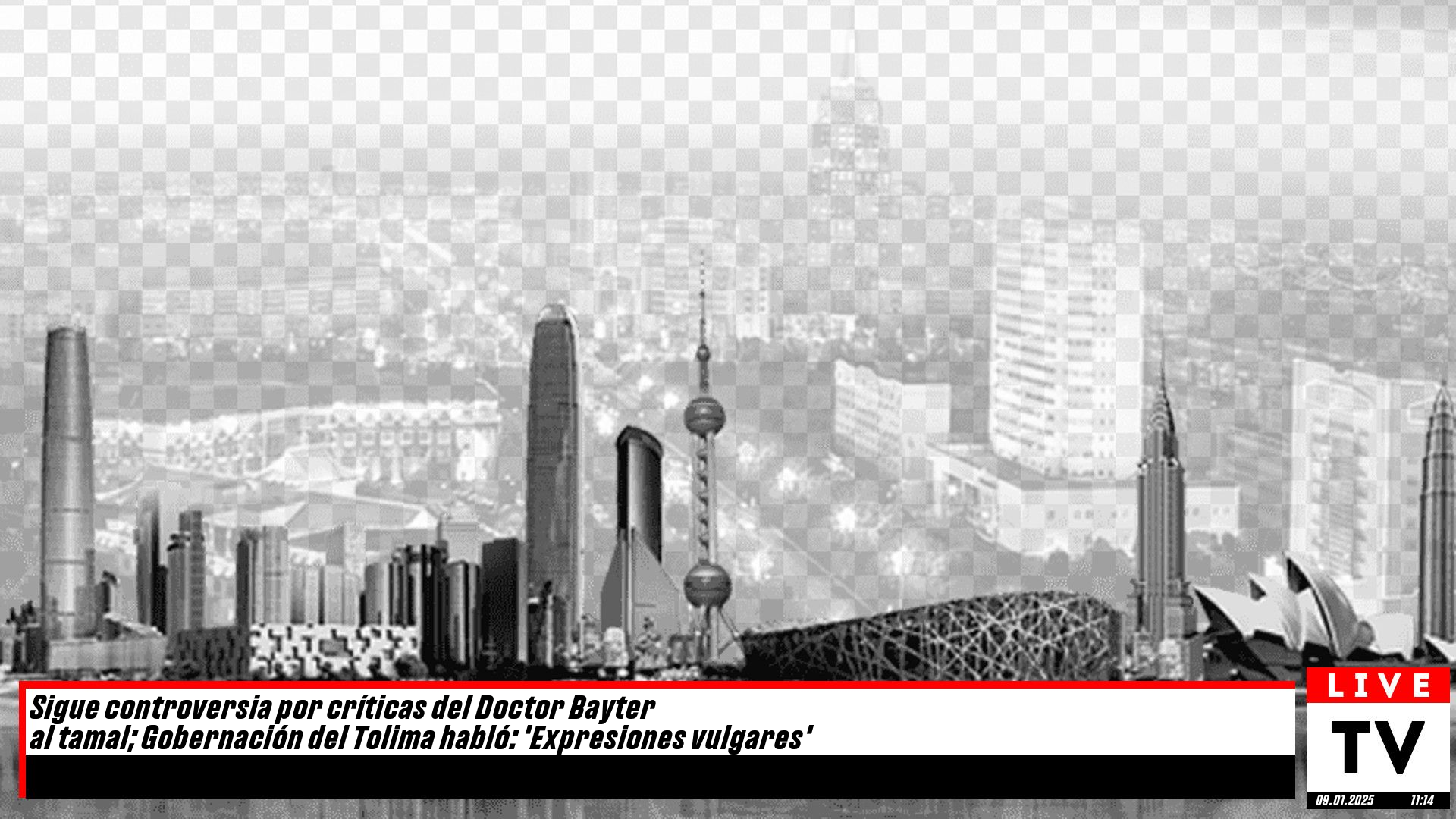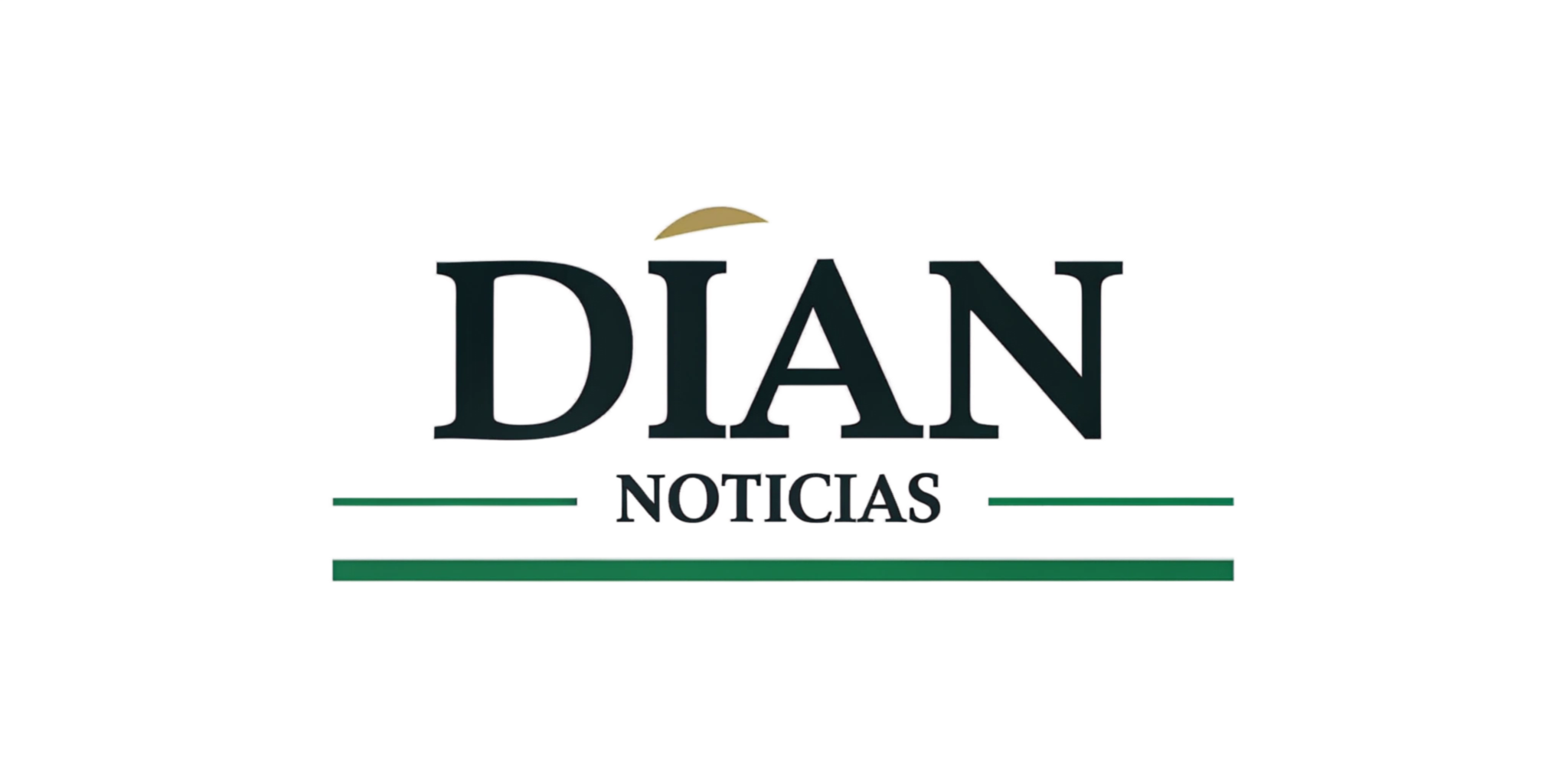"De lo aterrador a lo adorable: La transformación de las brujas en el cine infantil" | Cultura | EL PAÍS English
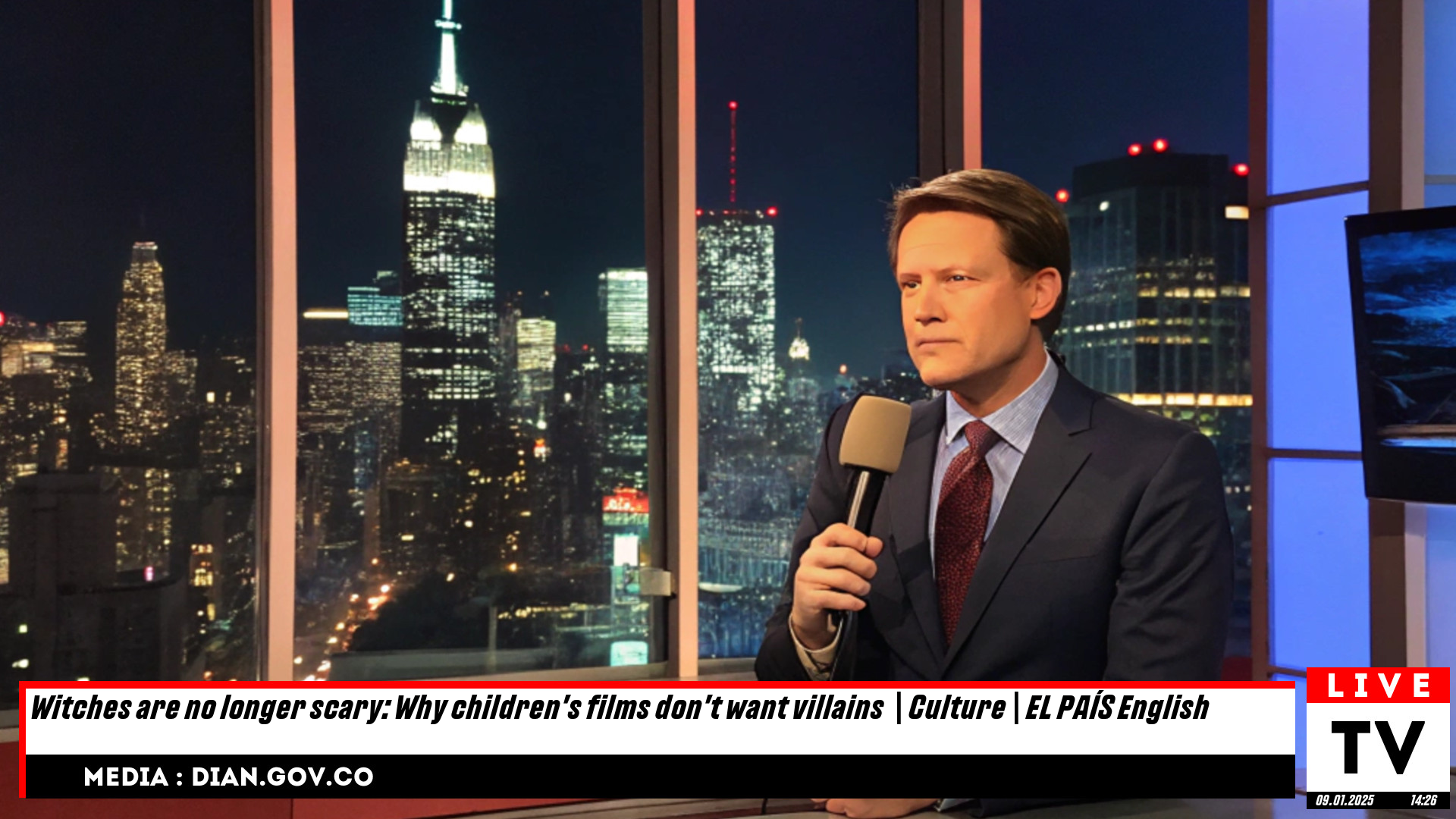
Malefica, Cruella de Vil, Úrsula, Jafar, Garfio, Scar... Los villanos clásicos de los cuentos de hadas — especialmente aquellos originados en el estudio de animación de Disney — son casi tan emblemáticos como los héroes y las princesas que habitan en sus opulentos palacios. Sin embargo, hoy en día es poco común escuchar la maligna risa de un villano, o presenciar a una madrastra diabólica disfrutando al atormentar a un noble animal o a una niña inocente.
Today, it’s more common for an animated movie to tackle abstract antagonists, like a girl’s insecurity, family pressures (Strange World, Encanto), puberty (Turning Red), the challenge of being different (Luca), personal discovery, or even parental divorce. In some cases, these narratives delve into the backstories that shaped classic villains, as seen in Wicked or Mufasa: The Lion King. The face of evil in children’s stories has changed.
Take Moana 2, now the fourth highest-grossing film of 2024 worldwide. Its villain is a god who never appears on screen and ultimately manifests as a storm, merely an obstacle that stops the heroes from advancing. Similarly, Netflix’s Christmas release, Spellbound, which aims to recapture the magic of classic Disney princesses, pits its protagonist against her parents’ separation rather than a traditional foe. It seems no coincidence that Skydance, the Madrid-based production company behind the feature film, is led by John Lasseter, the founder of Pixar — the studio that first broke the archetype of traditional villains in the 1990s. Toy Story pioneered this shift, a transformation that has since evolved alongside broader social changes.
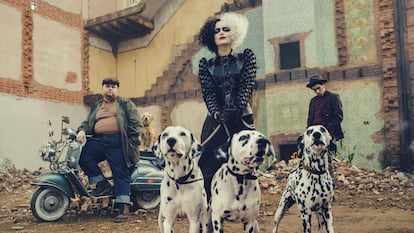
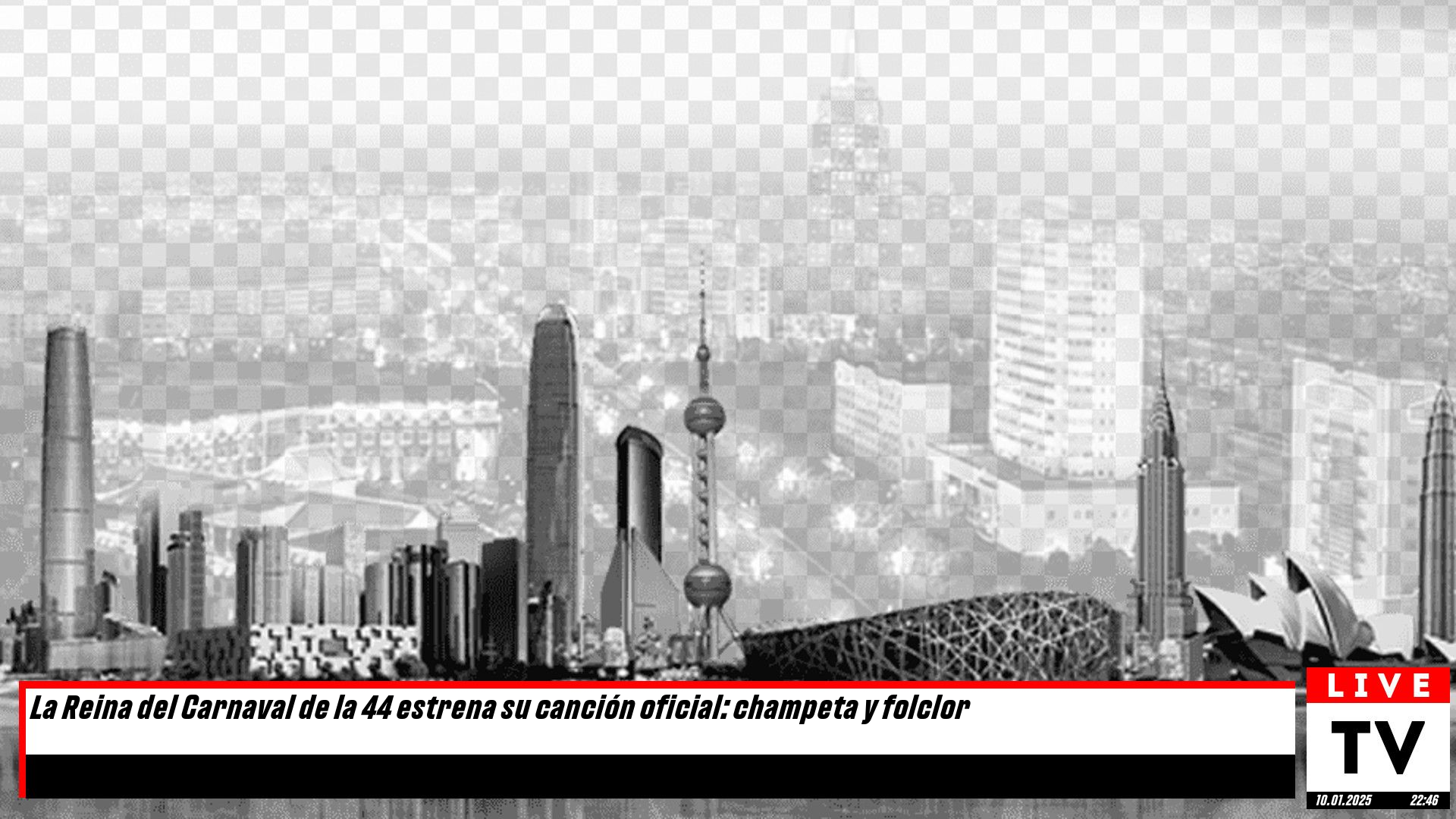
¡La Reina del Carnaval de la 44 lanza oficialmente su emocionante canción: una fusión vibrante de champeta y folclor!
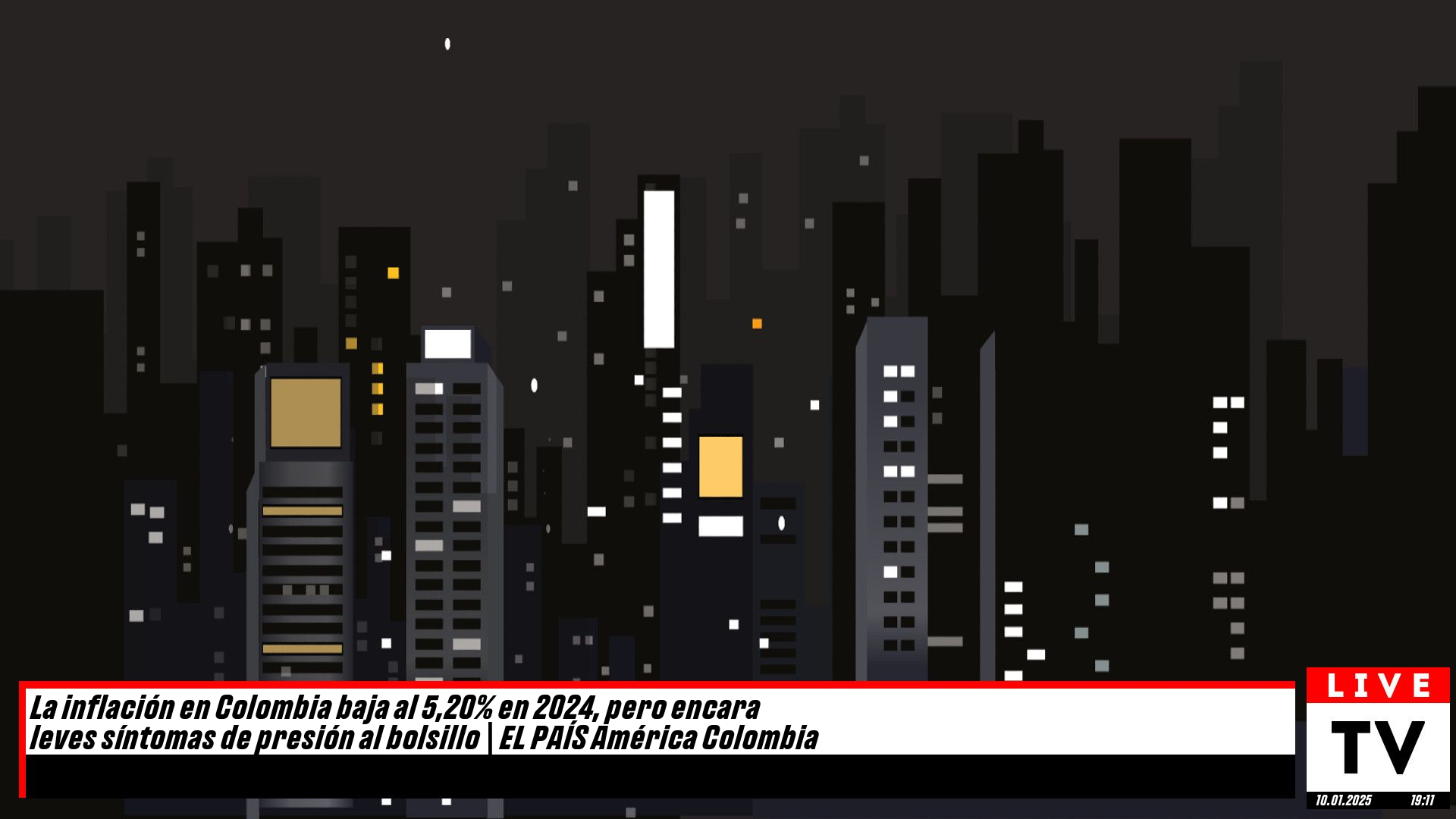
"La inflación en Colombia desciende al 5,20% en 2024, aunque persisten pequeñas presiones en el costo de vida" | EL PAÍS América Colombia
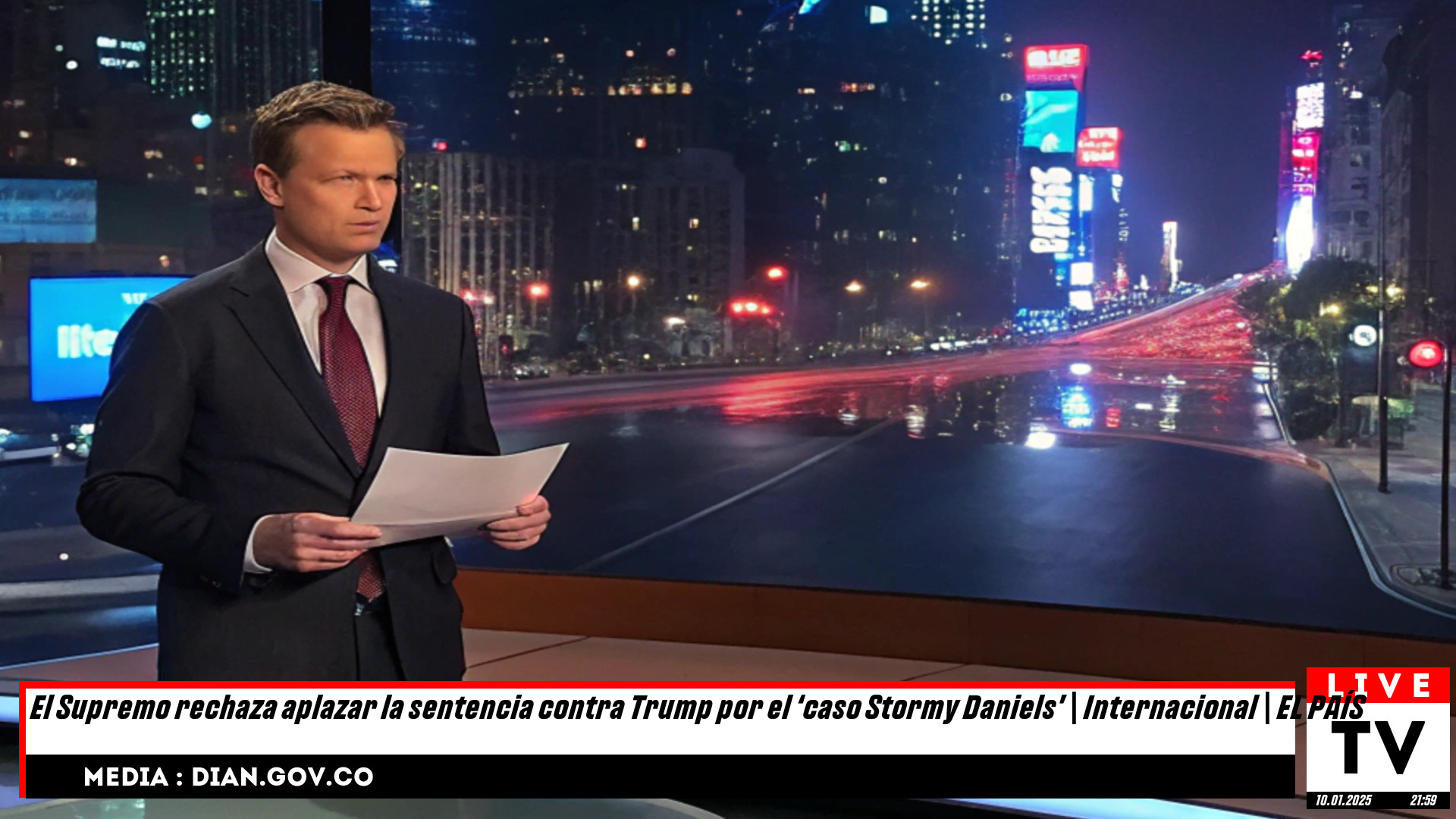
El Supremo niega la facilidad de aplazamiento en la sentencia del 'caso Stormy Daniels' contra Trump
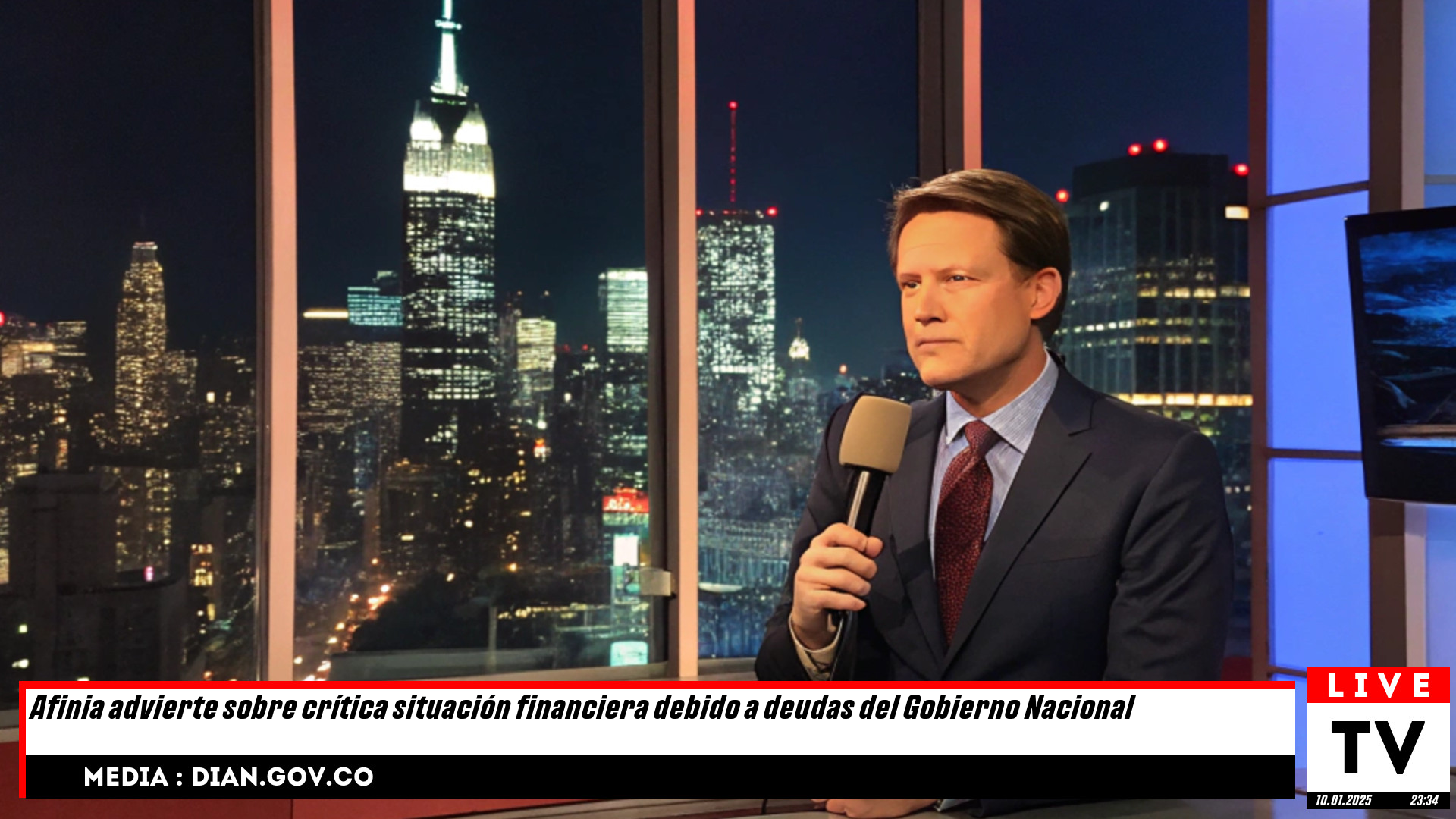
¡Alerta en Afinia! Crisis financiera por deudas del Gobierno Nacional pone en riesgo su operación.
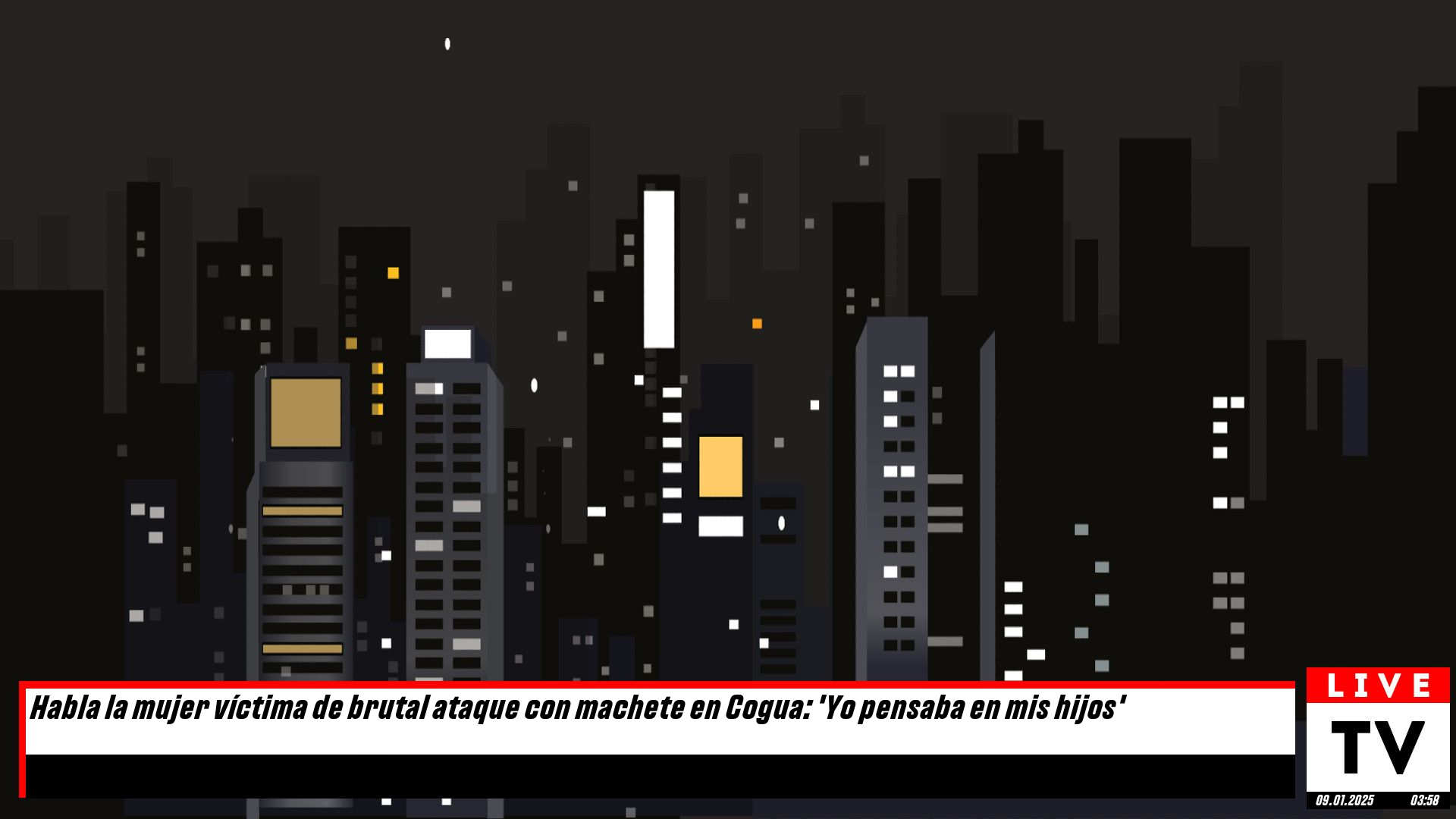
"Sobrevive a ataque con machete en Cogua: 'Mi única preocupación eran mis hijos'"
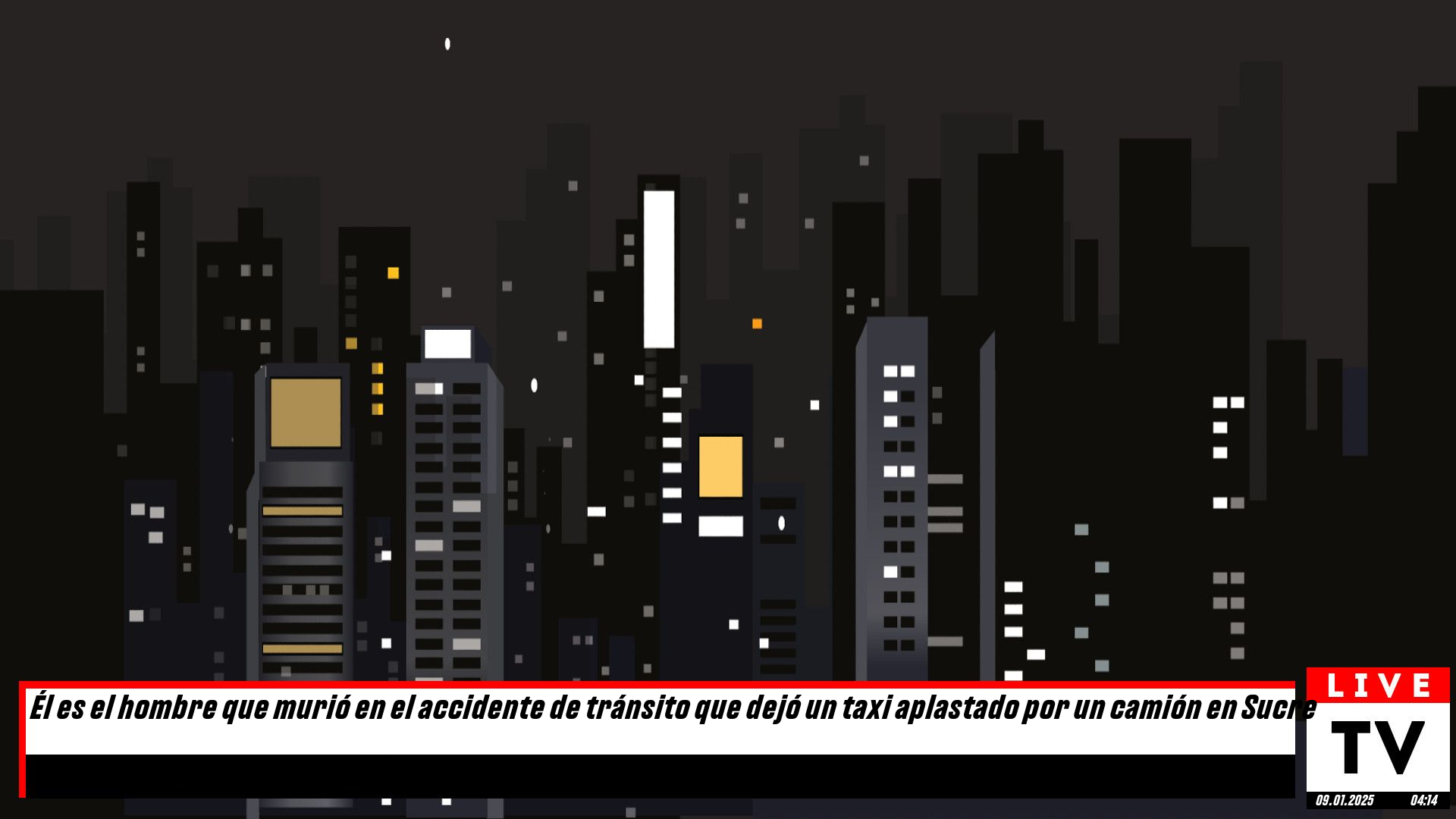
Trágico accidente en Sucre: un hombre pierde la vida tras un camión aplastar un taxi
